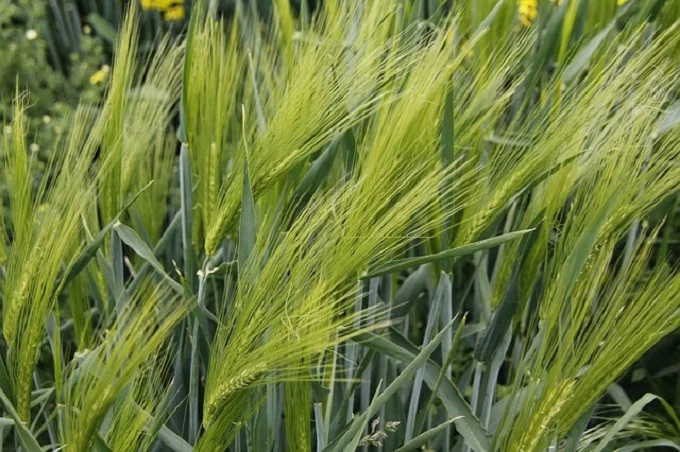Are plants capable of hearing, seeing, smelling, tasting, or touching?

Many individuals communicate with trees, even at the risk of being labeled as insane, but the current study indicates that plants can hear them. Plants make use of more fundamental senses in addition to hearing. Plants defend their area, avoid predators, look for food, and sometimes capture prey. They are as alive as any other animal and display behavior in response to their environmental perceptions. While plants seem to move slowly to humans, when we capture their development over time and then playback the footage at an accelerated pace, the likeness to animals becomes much more apparent
Plants exhibit hearing
While plants may not dance to the rhythm of your favorite music, they will if they hear a buzzing caterpillar. When some plants detect an approaching predator, they load their leaves with chemical defenses specifically tailored to fight off invaders. For instance, Arabidopsis thaliana generates copious quantities of mustard oil in its leaves. When an unwary caterpillar swallows an excessive amount of mustard oil, it succumbs to the poison and dies.
Through trials on plants such as maize, some researchers have started to apply rigorous criteria to the study of plant hearing. According to their early findings, maize roots develop in response to certain vibration frequencies. What’s more startling is the revelation that roots may also generate sound waves. At the moment, however, we have no clue how a plant can create or perceive sound signals. We know that they are capable of detecting these signals and acting appropriately based on their friend or foe status.
Smell
While some plants can detect the approach of predators, others utilize the predator’s smell to trigger their defenses. Interestingly, healthy plants close to caterpillar-infested trees were more resistant to pests, owing to the presence of compounds in their leaves that rendered them unsuitable for human consumption. Other solitary trees did not produce these compounds. The attacked trees seem to have sent a pheromone signal into the air, warning other trees to prepare for an impending assault. Additionally, they may detect danger by the odor emanating from their threatened neighbors.
The dodder plant actively hunts its prey using its sense of smell. It can detect viable prey and choose its favorites while disregarding unhealthy ones. Certain parasitic plants also utilize their sense of smell to decide which hosts are the greatest for growth.
Vision in plants
Numerous recent studies demonstrate that plants have a vision and may possess photoreceptors comparable to those found in the human eye. This enables them to perceive wavelengths that humans cannot see, such as red and blue.
Certain primitive species, such as the cyanobacterium Synechocystis, utilize their whole cell body as a lens to concentrate an image of a light source onto the cell membrane, similar to how an animal’s retina does. Certain parasitic plants, such as the climbing liana, may resemble their host by changing the color and form of their leaves.
Touch
Mimosa pudica often called “sensitive plant”, is an unusual plant. When a person comes into contact with it, the plant immediately shuts its leaves. Certain plants are also temperature sensitive, enabling them to adapt to changes in the weather by altering their growth rate and water usage.
Additionally, this sense of touch may be exploited to capture animals. The Venus flytrap detects its prey in a manner very similar to how humans detect a fly crawling on their palm. Your skin’s touch receptors detect the bug and produce an electrical current that travels to your brain, where it registers the fly’s existence and initiates the appropriate reaction. Similarly, when a fly brushes against the hairs of a Venus flytrap, an electric current flows through the leaves, activating channels in the cell membrane, and the flytrap quickly shuts the trap’s springs.
Certain crops and forest trees can transmit messages to nearby plants, warning them of an impending assault. Intact trees in insect-infested areas will produce insect-repelling compounds to stave off the onslaught. They have some way of knowing what their neighbors are going through and respond accordingly.
Taste
Chemicals soluble in water are involved in the tasting process. As previously stated, when some plants are assaulted, they produce a variety of compounds to warn their neighbors. Several of these substances are emitted as gases into the atmosphere. These gas molecules infiltrate into other plants through the pores on their leaves, dissolve in the water therein, and then attach to a particular receptor, causing a leaf defensive response.
By examining these instances, we may conclude that plants are far more animal-like than previously believed. The appearance of their “lack of behavior” is because plants move at a slower rate than animals. If we were to film their lives and then fast forward through them, their conduct would become much more visible.




